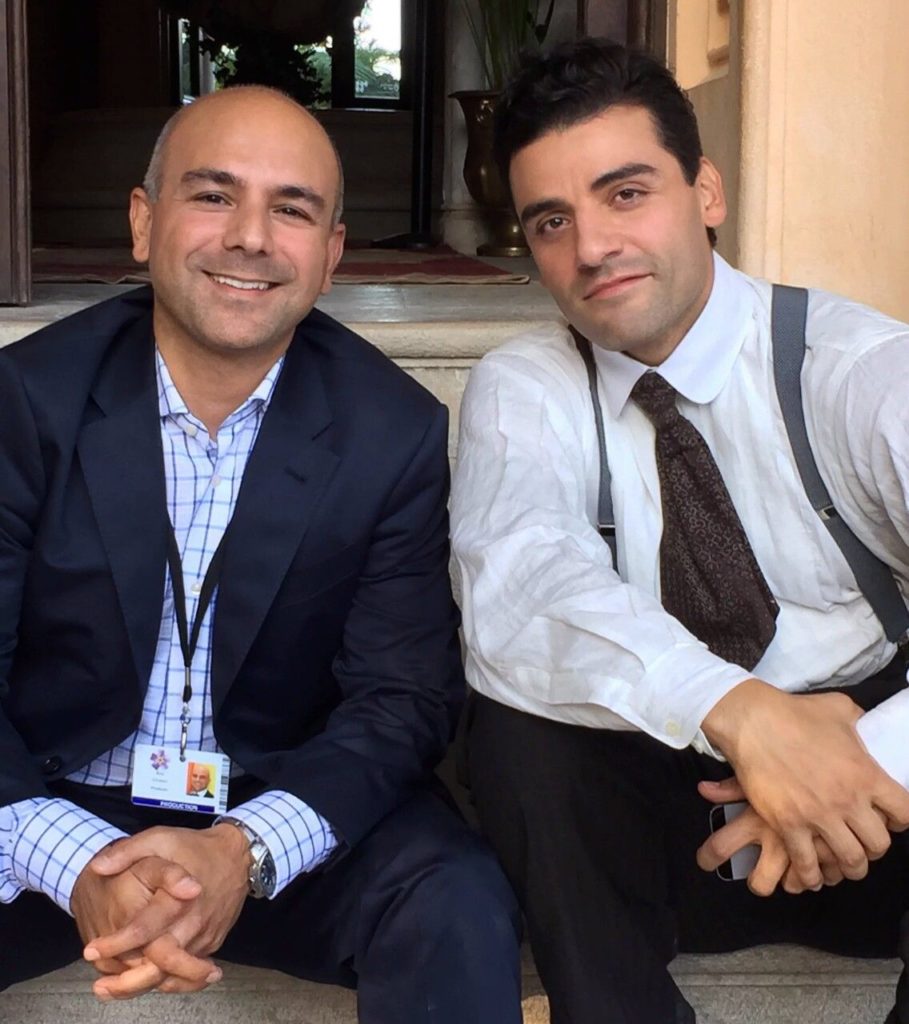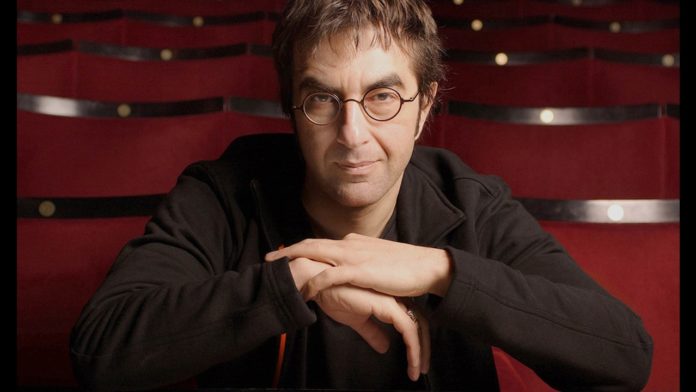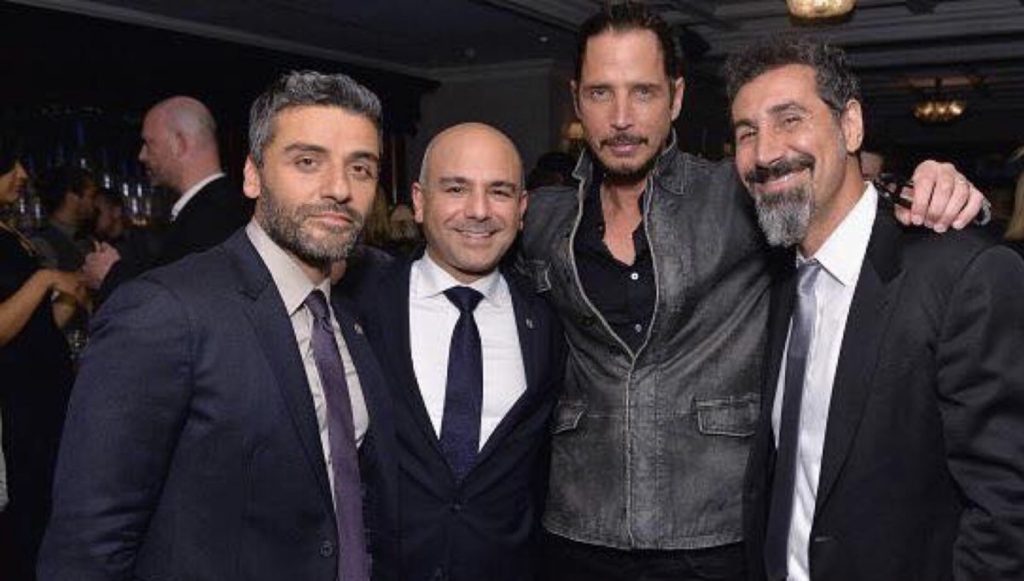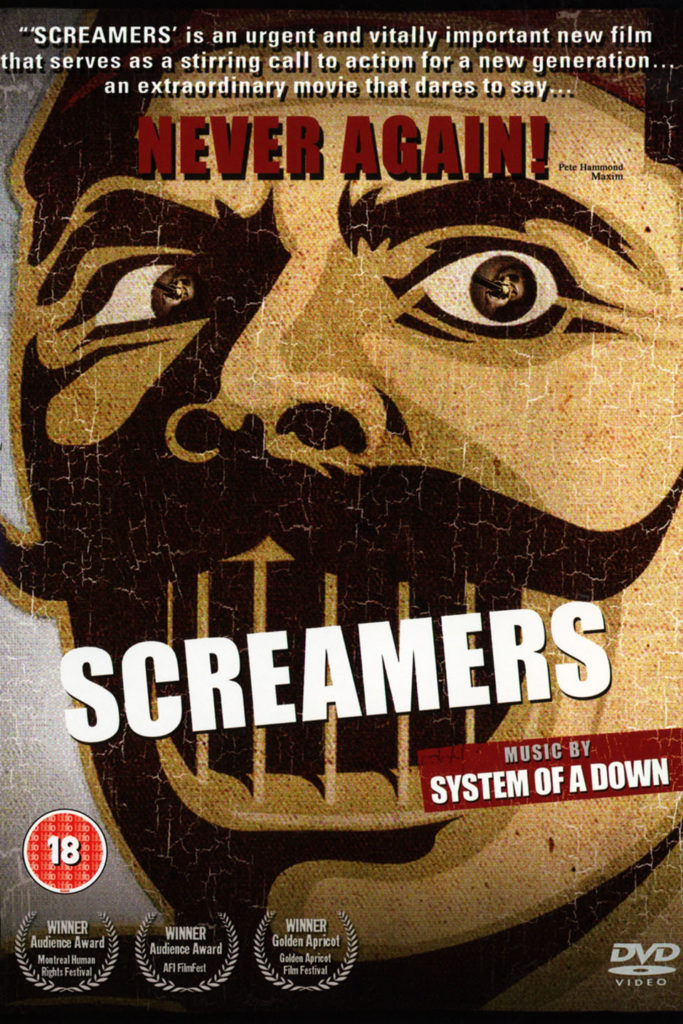
There are many books, primarily works of non-fiction, as well as a growing body of fiction, on the Armenian Genocide and its many aspects — legacy, history, reparation, survivors and the dead. The authors try to reach audiences that are interested in the subject but more often than not, they reach people with a direct interest in the subject, such as survivors, descendants, or Turks just finding out about the subject.
A field that is growing is that of films about the Armenian Genocide. There have been a handful of films produced in North America, again both feature as well as documentaries.
The first major film on the Genocide was “Ararat,” released in 2002, written and directed by Canadian-Armenian writer/director Atom Egoyan and produced by Egoyan and Robert Lantos. The film, starring Charles Aznavour, Arsinée Khanjian, David Alpay, Christopher Plummer and Simon Abkarian, is about a young man stuck at customs after returning from Turkey where he is participating in the shooting of a movie about the Armenian Genocide. Much of the movie is about the film’s production, which focused on Arshile Gorky and his endless variations of his portrait with his mother.
The device of a film-within-a-film led to some controversy within the Armenian community with some suggesting that it could lead to a viewer construing that the Armenian Genocide was open to interpretation. The film won several Genie Awards in Canada, including for best motion picture, actor and actress.
Egoyan, who was nominated for an Academy Award for his screenplay for “The Sweet Hereafter” and has enjoyed much critical acclaim around the world for his unusual, non-linear and intellectual films, is proud of his film and its power on exposing the truth when the denialist narrative was much stronger.











